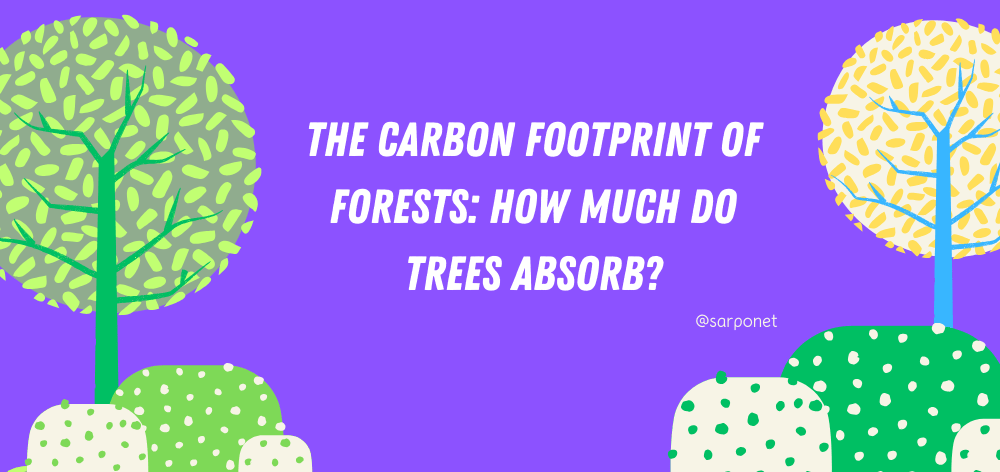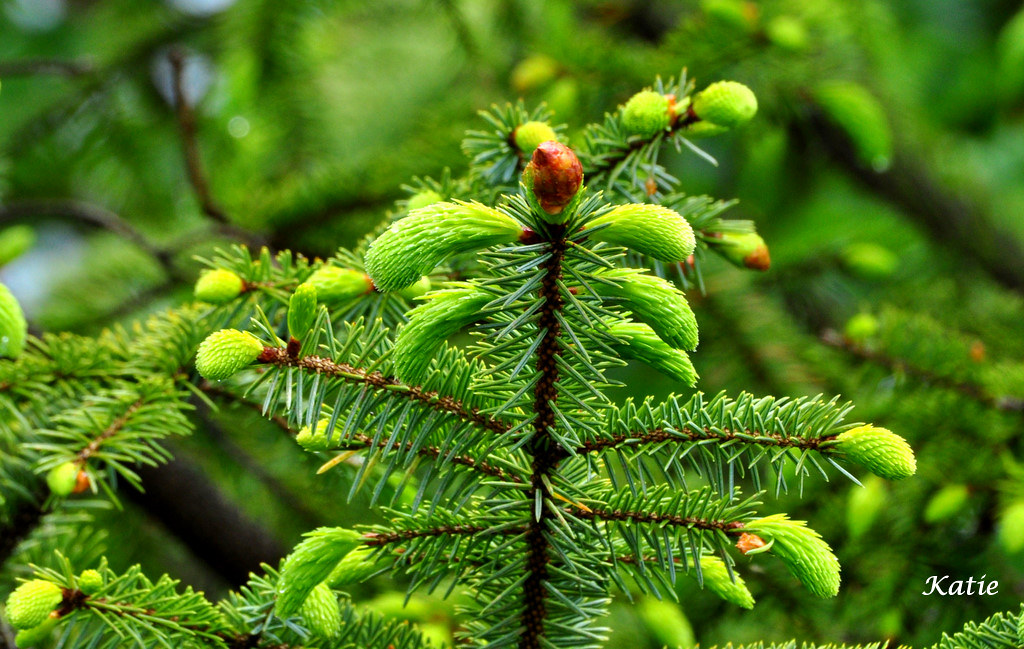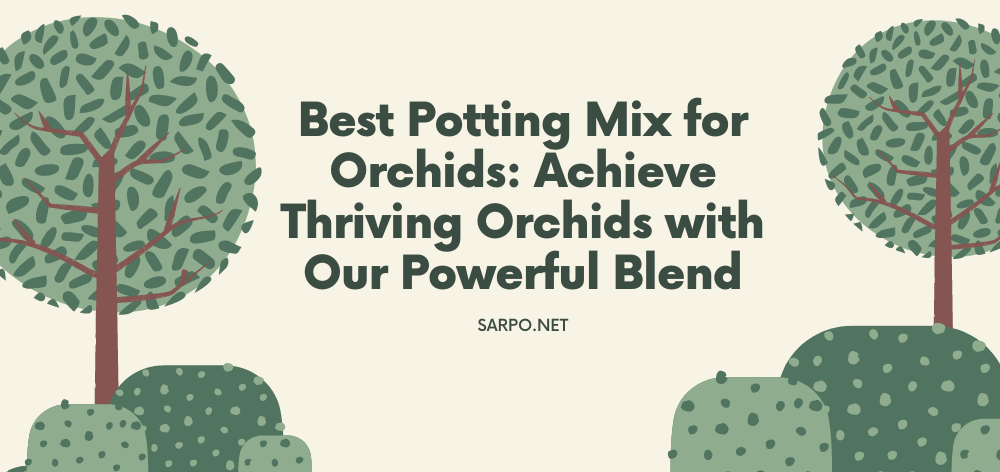
The Carbon Footprint of Forests: How Much Do Trees Absorb?
Imagine a silent army, tirelessly working to combat climate change. These warriors aren’t soldiers, but trees – Earth’s incredible natural carbon sinks. But just how much carbon can a single tree absorb? This article dives deep into the fascinating world of trees and their role in carbon sequestration.
How trees capture and store carbon
Trees play a vital role in the global carbon cycle by absorbing carbon dioxide (CO2) from the atmosphere and storing it in their biomass (leaves, stems, roots). This process, called photosynthesis, acts like a tiny vacuum cleaner, removing CO2 and releasing fresh oxygen.
How Much Carbon Footprint Does a Tree Absorb?
The answer depends on several factors:
- Tree Species: Fast-growing trees like pines initially capture more CO2, while giants like redwoods become incredible carbon storage units over centuries.
- Tree Age: Younger trees often absorb more CO2 per year, but mature trees can store significantly more total carbon.
- Tree Health: Healthy trees with a large leaf surface area maximize carbon absorption.
- Location: Dense, mature forests, especially tropical rainforests, tend to absorb CO2 more efficiently than younger or less dense ones.
On average, a mature tree can sequester up to 48 pounds of CO2 per year. This may seem small, but over a lifetime, a single tree can capture over 1 ton of carbon dioxide.
What Percent of Carbon Do Trees Absorb?
According to a study published in the journal Nature, trees absorb about 25% of the carbon dioxide that is released into the atmosphere each year. This means that they play a vital role in mitigating climate change. The researchers used data from more than 400 forest inventories and satellite measurements to estimate the total amount of carbon stored in trees worldwide.
They found that there are approximately 3.04 trillion trees on Earth, which collectively store approximately 730 billion metric tons of carbon. This means that each tree stores an average of 237 grams of carbon. Of this total, approximately 61 billion metric tons (or 8%) is absorbed by trees each year.
This number represents a significant increase from previous estimates, which suggested that forests only absorbed 2-6% of human-caused carbon emissions. The new study underscores just how important forests are in mitigating climate change and highlights the need for better conservation efforts to protect these critical ecosystems. According to the lead author of the study, the findings also have important implications for agriculture and forestry research. Understanding the role of trees in carbon sequestration can inform land use and conservation strategies, as well as help in the development of more effective reforestation and afforestation initiatives. By better understanding how trees absorb and store carbon, researchers can work towards more sustainable land management practices that maximize the climate change mitigation potential of forests.
How Much Carbon Do Forests Absorb?
Forests play an important role in the global carbon cycle. They absorb carbon dioxide from the atmosphere and store it in their biomass – trees, leaves, branches and roots. In one year, an average forested acre can absorb 2.5 to 3 metric tons of atmospheric CO2 – equivalent to the amount emitted by two passenger cars driven for 12 months.
Over time, forests that are not harvested or disturbed continue to accumulate more carbon. One way to measure a forest’s “carbon sink” strength is by its total above- and below-ground biomass. The United States has some of the world’s most productive forestland, with an average annual accumulation rate of about 0.5 metric tons C per hectare (2.47 acres).
This means that U.S. forests are currently removing about 17% of the country’s annual industrial CO2 emissions from the atmosphere each year!
How Much Co2 Does a Rainforest Tree Absorb?
A single tree can absorb as much as 48 pounds of carbon dioxide per year and can sequestered 1 ton of carbon dioxide by the time it reaches 40 years old.
The rainforest is one of the most efficient places on earth at absorbing carbon dioxide. Trees in the rainforest are some of the tallest in the world, which gives them a larger surface area to absorb more CO2.
In addition, these trees have deep roots that help anchor them to the ground and also allow them to access more water and nutrients, both of which help them grow faster and absorb more CO2.
Forests: Powerhouses of Carbon Sequestration
Studies paint an impressive picture:
- Global Absorption Powerhouse: Forests absorb an estimated 2.4 billion metric tons of CO2 annually, equivalent to 10% of global fossil fuel emissions.
- Forests vs. Cars: An acre of forest can absorb the CO2 produced by a car driven for 8,000 miles!
- The Power of Old-Growth Forests: Mature forests, with their massive biomass, store significantly more carbon than younger ones.
Beyond CO2 Absorption: The Benefits of Healthy Forests
- Economic Powerhouse: Sustainable forestry practices, promoting carbon storage, generate income while protecting ecosystems.
- Habitat Guardians: Forests provide homes for countless species, maintaining biodiversity.
Threats to Our Natural Carbon Filters:
Deforestation and climate change threaten these vital carbon sinks. Forest loss reduces carbon sequestration capacity and increases CO2 emissions.
Taking Action: Championing the Forests
Here’s what you can do:
- Support Sustainable Forestry Practices: Choose wood products certified by organizations that promote carbon sequestration.
- Plant Trees: Get involved in tree planting initiatives or even plant trees in your yard.
- Reduce Your Carbon Footprint: Conserve energy, choose sustainable products, and minimize waste.
Conclusion: A Future Filled with Trees
Forests are our partners in the fight against climate change. Understanding their role in carbon sequestration and taking action is crucial. By protecting and restoring forests, we can ensure these silent heroes continue to cleanse the air and mitigate climate change for generations to come.
Share this information and inspire others to join the movement to protect our forests! Let’s work together to ensure these natural wonders thrive for years to come.
10 Best Small Evergreen Trees with Non Invasive Roots
 Dr Ahsanur Rahman, PHD
Dr Ahsanur Rahman, PHDPine Tree Rescue: Saving Pine Trees with Brown Needles
 Dr Ahsanur Rahman, PHD
Dr Ahsanur Rahman, PHD




